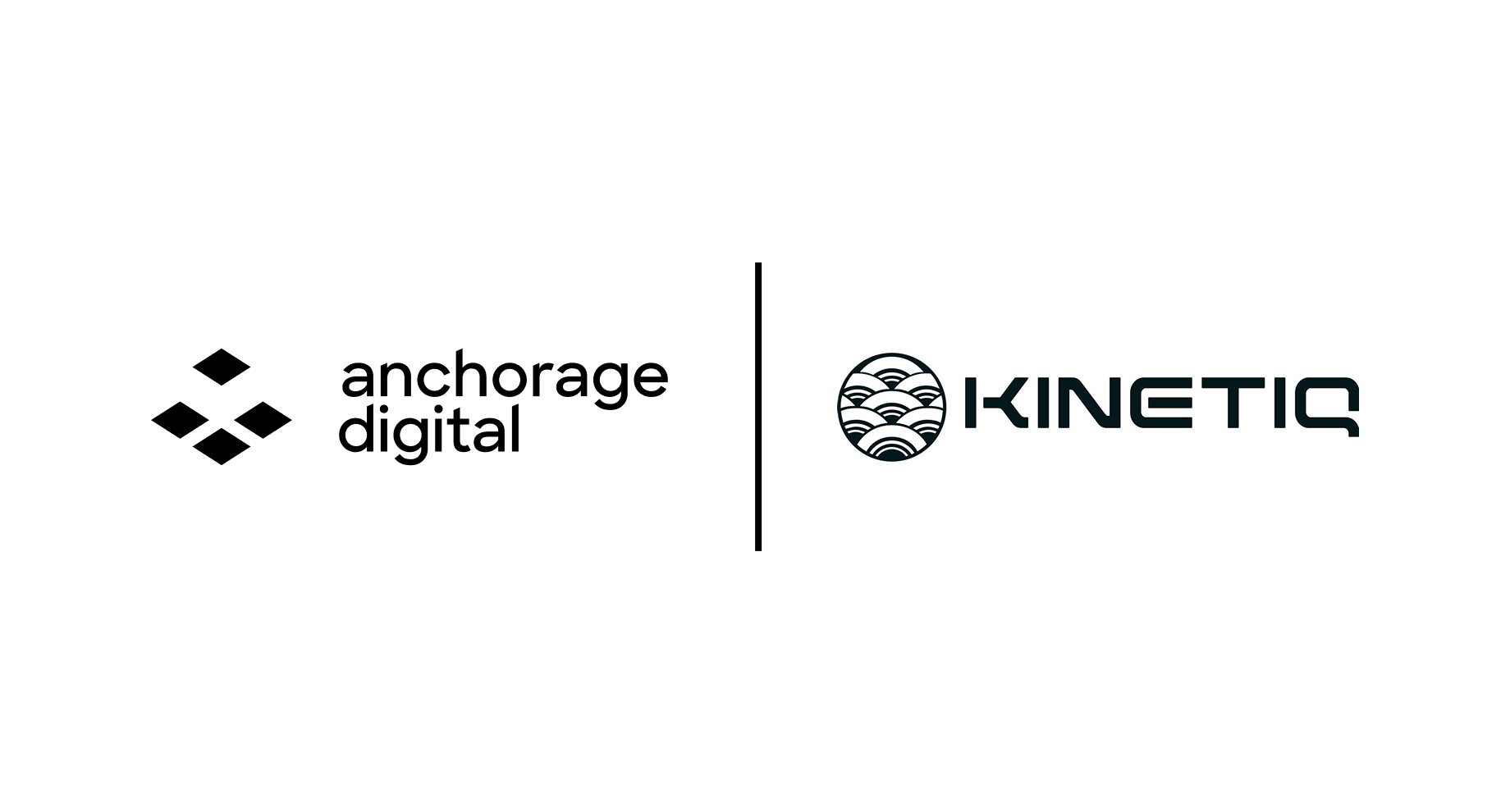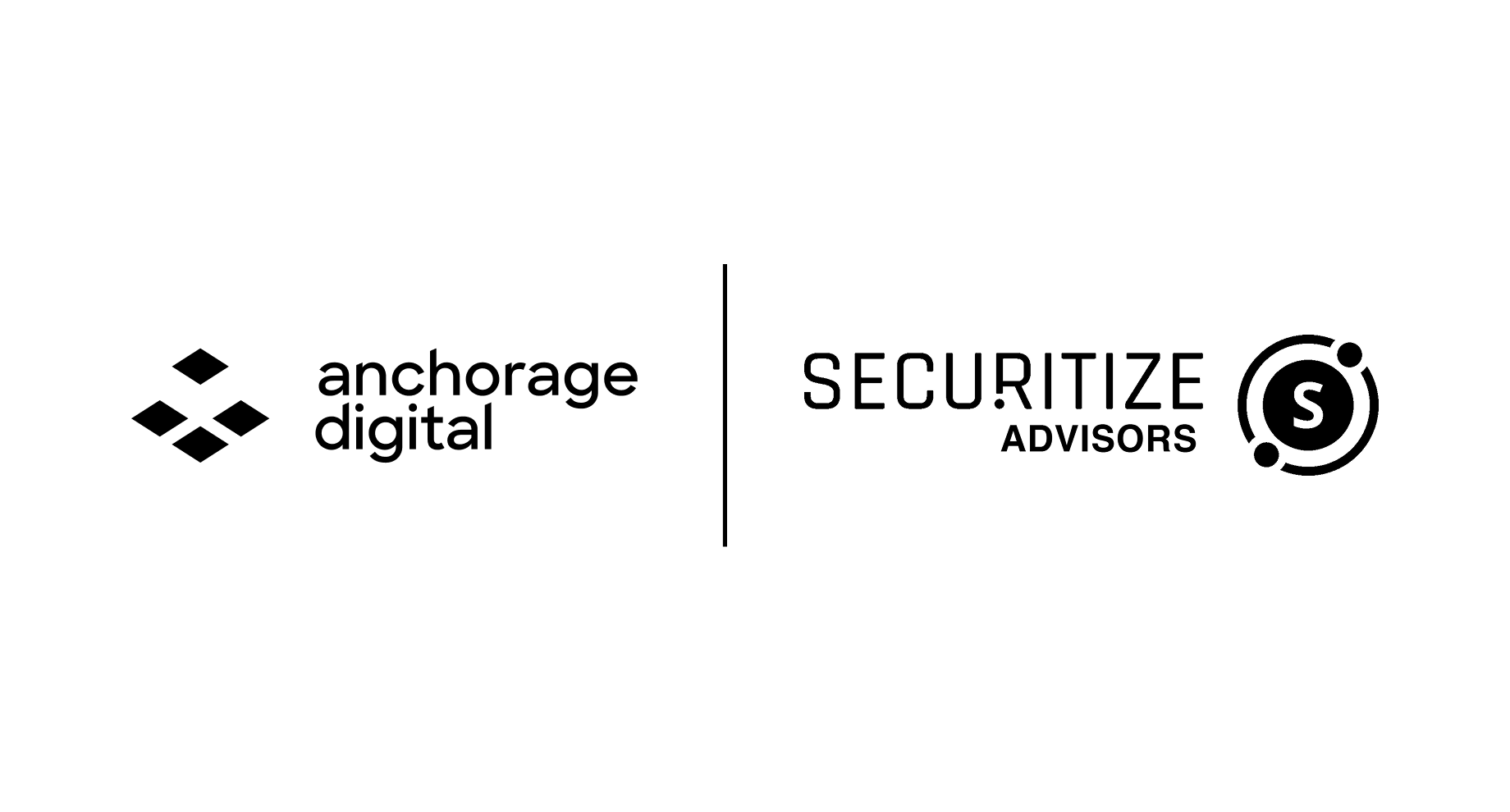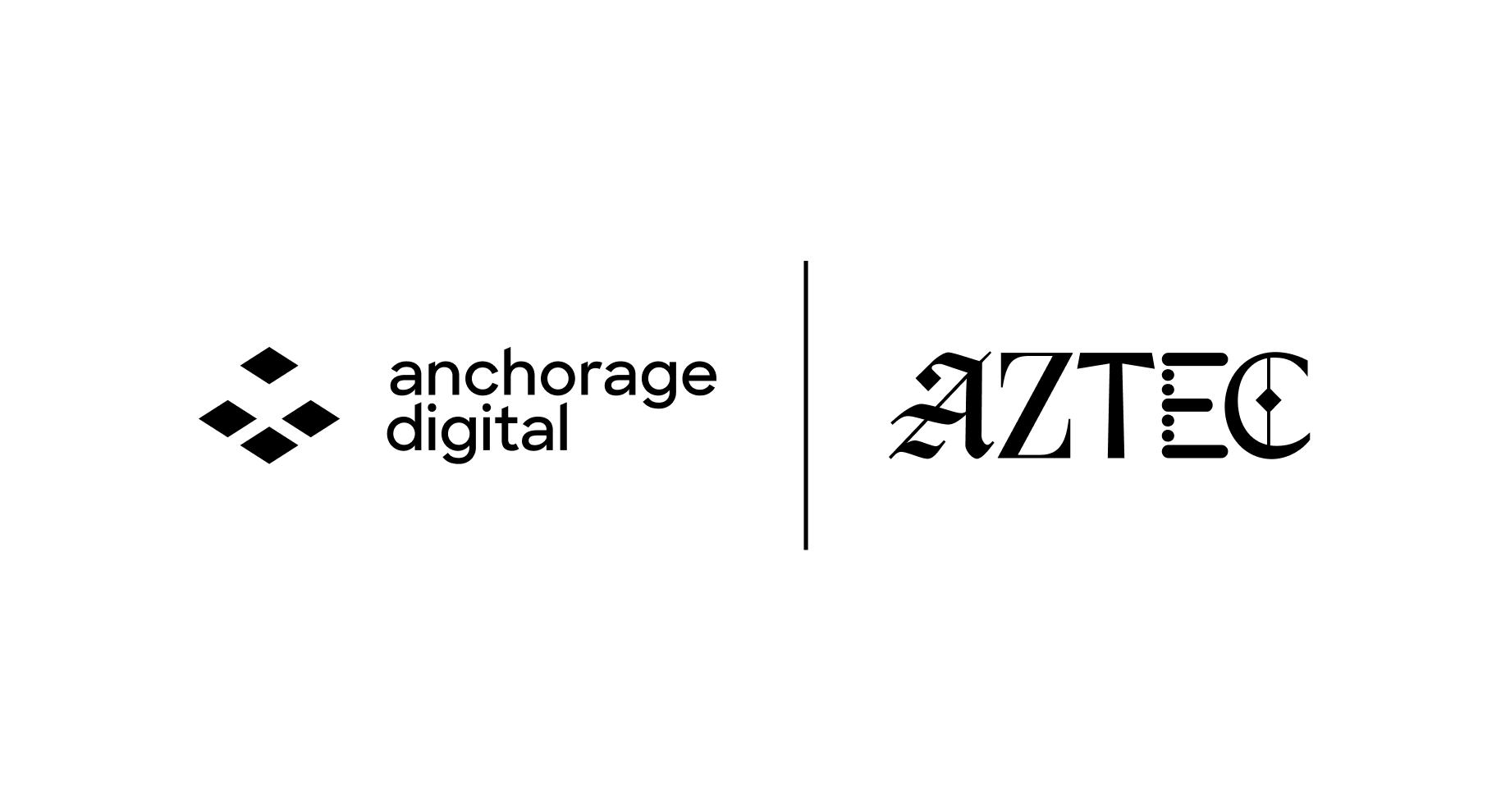The Lifecycle of Staked ETH

Nearly 23 million ETH (19% of all ETH) is currently staked to the Ethereum Beacon Chain. More value secures the Ethereum network than any other Proof-of-Stake chain. For institutions looking to participate in ETH staking, Anchorage Digital Bank provides a streamlined manner to do so from secure custody. As the only federally chartered bank explicitly authorized to give clients access to staking services, we allow them to stake directly from qualified custody with just a few steps. However, staking is a mechanically complex process at the protocol level.
In this technical overview, we will explore the lifecycle of staking and unstaking ETH to help institutions better understand the process and timeframes involved.
Step 1: Validator provisioning
Validators are machines running special software that allow them to take part in Ethereum consensus. Provisioning one involves ensuring that it meets all technical specifications, is secured, and is configured correctly. Part of this process includes setting addresses for withdrawals and fees to be sent to.

This phase is critical, as operating a performant validator is the only way to receive rewards. In the worst case, a non-performant validator can cause a stake to be slashed. The output of this phase will be some information used to identify the validator and the withdrawal location when making the deposit on-chain.
Anchorage Digital assists clients with tasks from validator provisioning to making deposits in-app. For larger quantities, clients are able to provision multiple validators in a single operation.
Step 2: Deposit
After setting up a validator, the staker must submit a deposit transaction to the Beacon Chain deposit contract. This is where the validator information collected from the previous step is sent, along with the 32 ETH required for the validator to participate in consensus and receive rewards.
This phase takes somewhere between 12 and 24 hours to ensure the technical viability of a validator. The first part of the waiting period is to guarantee enough time has passed that the deposit will not end up in a reorged block, and the second is for existing validators to vote to include the new deposits. While these steps are no longer strictly necessary as they were originally introduced to avoid synchronization issues that were only present when the Beacon chain was separated from the execution layer, the delay will persist until they are removed from the protocol itself.
After completing this deposit, the validator enters the validator queue. No more direct action is needed until the staker wishes to withdraw their stake.
For clients of Anchorage Digital, both this and the previous step occur in one intuitive flow within our app.
Step 3: Validator Queue - Pending
After exiting the deposit phase, the validator automatically enters the “validator queue”. This queue is a protocol-enforced rate limit ensuring not too many new validators can enter (or exit) at once, providing a degree of stability. The amount of time the validator spends here depends on two factors: how much total ETH is currently staked and how many deposits are already pending in the queue.

At the time of writing in August 2023, 10 validators can be activated per epoch, each of which takes 6.4 minutes. This translates roughly to 2,200 new validators per day. With nearly 70,000 validators in the queue, a new validator must wait for approximately 28 days to begin earning rewards (source: validatorqueue.com).
Step 4: Staking - Active
Once out of the validator queue, a stake becomes “active” and begins doing its duties to secure the network. The two main responsibilities are building blocks and providing attestations. For enforcing protocol rules and advancing the network state, validators are given rewards. They are able to collect small but consistent attestation rewards each epoch for attesting to the validity of a proposed block, and larger block building rewards with a frequency proportional to their stake relative to the total network stake.
Rewards that accrue to the validator will cause the balance to rise above the 32 ETH necessary for the validator to operate. Any overage is swept to owner accounts every few days. The protocol goes through validators sequentially and effects this sweep, going back to the first validator once it reaches the end of the list.

Illustration of sweeping funds for “partial withdrawals” - withdrawals of a validator’s balance above the 32 ETH strictly necessary for validator operation.
Anchorage Digital clients can view rewards deposited directly into their addresses, marked as such on their web dashboard for ease of accounting.
Step 5: Exit Queue - Pending
When a user decides they want to unstake their ETH, they must go through a similar queue as they did to stake, for the same network stability reasons, subject to the same churn limits. At the time of writing, 10 validators can exit per epoch and the queue is short enough that getting through the queue is nearly instantaneous, although the queue has been as long as 17 days in the past.
The process of unstaking ETH through Anchorage Digital follows a very similar flow to staking, with all operations happening in-app.
Step 6: Exited - Withdrawable
Once ETH has made it through the exit queue, it does not go to the withdrawal address immediately. Instead, it enters a state of being “withdrawable”. This means as the protocol sweeps rewards, it knows to send the entire balance of the validator to the withdrawal address instead of just the amount over 32 ETH. As such, it can theoretically take up to 7 days to fully exit, though practically it would be closer to 4 days. Once this withdrawal is completed, the validator hardware can be safely turned off.
For clients of Anchorage Digital, the withdrawn balance will appear in their accounts when released by the network.
Conclusion
With more than three months having passed since withdrawals were enabled, staking demand remains strong despite validators having the option to exit. The total amount of ETH staked has grown 23% since the upgrade, with a deposit queue sitting at 80,000 validators while the withdrawal queue has zero.
Anchorage Digital strives to make the staking process seamless for its clients, who can begin staking from secure custody in just a few steps. Get in touch or contact your relationship manager to get started today.
About Anchorage Digital
Anchorage Digital is a global crypto platform that enables institutions to participate in digital assets through trading, staking, custody, governance, settlement, stablecoin issuance, and the industry’s leading security infrastructure. Home to Anchorage Digital Bank N.A., the first federally chartered crypto bank in the U.S., Anchorage Digital also serves institutions through Anchorage Digital Singapore, which is licensed by the Monetary Authority of Singapore; Anchorage Digital NY, which holds a BitLicense from the New York Department of Financial Services; and self-custody wallet Porto by Anchorage Digital. The company is funded by leading institutions including Andreessen Horowitz, GIC, Goldman Sachs, KKR, and Visa, with its Series D valuation over $3 billion. Founded in 2017 in San Francisco, California, Anchorage Digital has offices in New York, New York; Porto, Portugal; Singapore; and Sioux Falls, South Dakota. Learn more at anchorage.com, on X @Anchorage, and on LinkedIn.
This post is intended for informational purposes only. It is not to be construed as and does not constitute an offer to sell or a solicitation of an offer to purchase any securities in Anchor Labs, Inc., or any of its subsidiaries, and should not be relied upon to make any investment decisions. Furthermore, nothing within this announcement is intended to provide tax, legal, or investment advice and its contents should not be construed as a recommendation to buy, sell, or hold any security or digital asset or to engage in any transaction therein.
Anchorage Digital Bank National Association offers fiat custody services through the use of an FDIC-insured, licensed sub-custodian.







.png)
